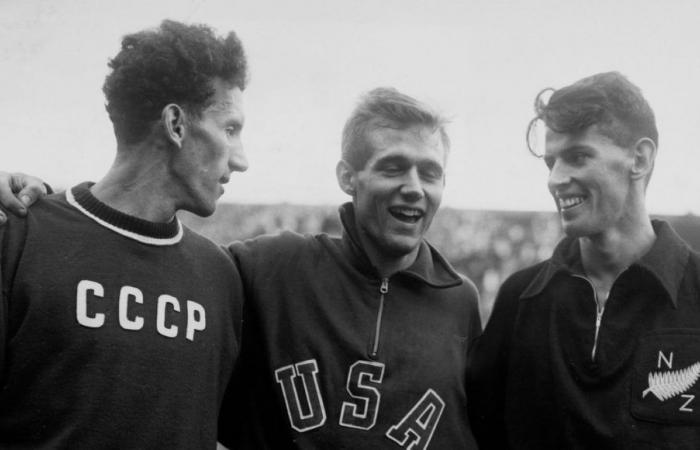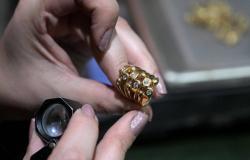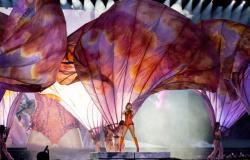Between universalism and nationalism, the competition is not obvious. Yet this is the whole spirit of international sporting competitions, as they were established at the end of the 19th century, particularly with the Olympic Games imagined by the Frenchman Pierre de Coubertin. This frantic race between sporting passion, politics, power, took on its full meaning during the Cold War, where the competitors were not limited to the United States and the USSR: the whole world was involved when it came to uniting. behind his athletes.
From the post-war period to the 1980s, the Cold War was that of soft power. From cinema to music, the clash of the two superpowers is above all cultural and symbolic. In this race for moral and symbolic superiority, sport occupies a central place. In the West as in the East, a real “athletic propaganda” is taking place. The sporting prowess of the athletes becomes the showcase of the bloc they represent and provides living proof of their physical and moral health. From international competitions to the heroization of sports stars, stadiums became one of the major stages of the Cold War. If sport plays a role in the events of the Cold War, the converse is also true: these years are those where new practices are essential and profoundly modify the practices of professional sport, where doping and financial interests now occupy a place of choice.
This symbolic confrontation, if it is essentially polarized between the two blocs and their ideological models, also involves other actors. The recently decolonized countries seek to exist independently of the two superpowers and to make sport a tool of emancipation for their nations under construction. This desire to oppose dominant models culminated in the 1960s with the Games of the New Emerging Forces, thought of as a counter-model to the Olympic Games.
How did the Cold War definitively blur the lines between sport and politics?
To know more
Sylvain Dufraisse is a lecturer in contemporary history at Nantes University and a junior member of the Institut universitaire de France.
He published:
- A sporting history of the Cold WarNew World editions, 2023
- Sports Heroes, a history of Soviet champions (1930s-1980s)Champ Vallon, 2019
François-René Julliard is a doctor in contemporary history, author of a thesis entitled “‘This medal is for black America’ – Black American Olympic athletes, between sporting excellence and the fight for equality (1896-1984)”, under the direction of Fabien Conord and Caroline Rolland-Diamond at Clermont Auvergne University-Paris Nanterre University.
Sound references
- Archive of reporter Raymond Marcillac during the first day of events at the Helsinki Olympic Games, RDF, July 20, 1952
- Archive of Romanian gymnast Nadia Comaneci interviewed during the Montreal Olympic Games, Inter NewsFrance Inter, July 25, 1976
- Archive of Léon Zitrone describing Tommie Smith and John Carlos, gold and bronze medalists in the 200m at the Mexico Olympic Games, raising their black-gloved fists on the podium, October 20, 1968
- Archive of the Harlem Globetrotters presented in the newspaper Actualités françaises, July 25, 1962
- Archive on Mohamed Ali, special envoy of US President Carter, Inter Actualités, February 1, 1980
- Credits music: Gendèr by Makoto San, 2020






